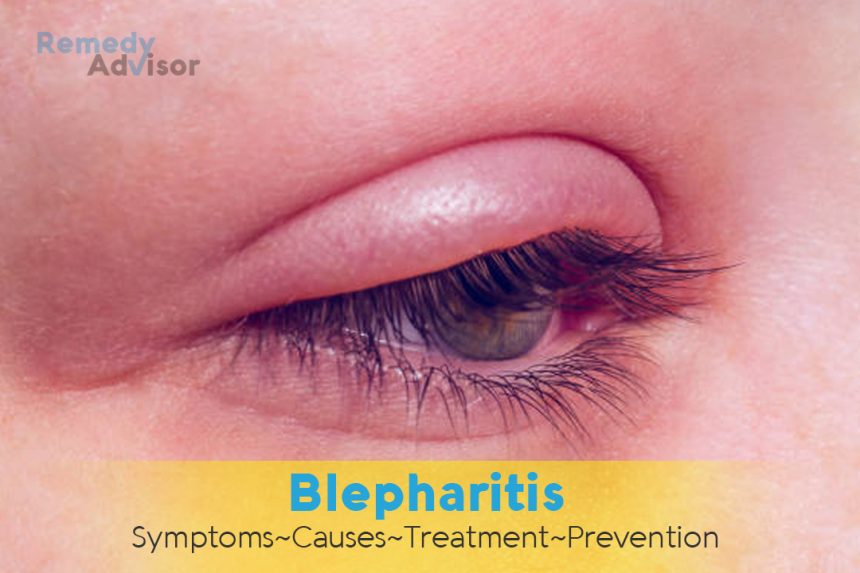What is it
Your eyelids protect and clean your eyes but are also sources of bacterial infection. Blepharitis, or “granulated lids,” is an inflammation of the edges of the eyelids. This results in a persistent red-rimmed, scaly appearance that usually affects both eyes at once. The ailment is generally not serious and is rarely a threat to vision. But blepharitis tends to be a chronic condition and may require long-term treatment.
Symptoms
- Scaly, red eyelids, inflamed around the margins.
- Itching and burning, with a sensation that there is something in the eyes.
- Awakening to a sticky crust that has sealed the eyelids.
- Occasional dandruff-like flakes of skin on the eyelids.
What causes it
Blepharitis is often associated with seborrhea (seborrheic dermatitis) red, scaly, itchy patches of skin that affect the scalp and parts of the face. A bacterial infection also often causes or complicates the problem: eyelashes each grow out of separate follicles, and bacteria can enter readily, resulting in infection. Pus oozes out along the eyelash, where it dries, crusts, and falls into the eye, causing chronic red eyes.
In rare cases blepharitis may be caused by an infestation of lice in the eyelashes.
What if you do nothing
Sometimes blepharitis clears up on its own, but it can easily recur and become chronic. Early treatment is essential to prevent recurrence or complications.
Home remedies
Keep your eyelids clean
Wash three times daily with warm saltwater, a solution of baking soda, or soap and water. Start by taking a hot, damp facecloth and place it over your closed eyes for five minutes. This will soften the dry crust. To remove all traces of this crust, take the washcloth and gently scrub back and forth across your closed eyelids. Repeat this procedure when you awaken, again at midday when the oils and pus accumulate, and again at bedtime.
Don’t wear eye makeup until the inflammation subsides
Mascara or eye shadow may result in contact dermatitis of the eyelids.
Don’t wear contact lenses until the condition is resolved.
If your case is chronic, discuss with your ophthalmologist when you can continue wearing the lenses.
Remove nits
If blepharitis is caused by lice, often the nits must be removed with forceps by a physician, who will also prescribe medication for daily use.
Prevention
Controlling blepharitis with the remedies outlined above will also prevent it from recurring or worsening. In addition, use a medicated shampoo to control seborrhea of the scalp.







